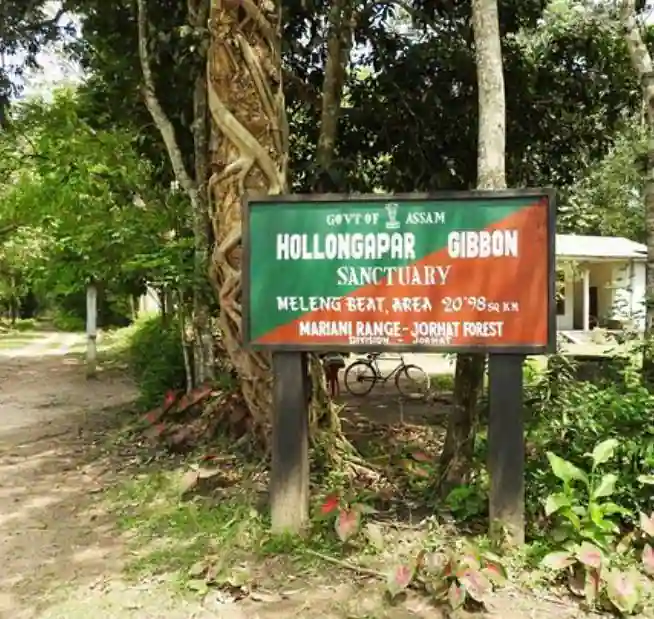Gibbon Wildlife Sanctuary Trek in Assam is an exciting trekking experience for nature lovers and wildlife enthusiasts. The sanctuary is located in Jorhat district of Assam and is named after the endangered Hoolock Gibbon, one of the prime attractions of the sanctuary. Here is a detailed trek itinerary and other important information that you should know before planning your Gibbon Wildlife Sanctuary Trek:
Trek Itinerary:
Day 1: Arrival in Jorhat and drive to Gibbon Wildlife Sanctuary On the first day of your trek, you will arrive in Jorhat and then drive to Gibbon Wildlife Sanctuary which is located around 50 km away from Jorhat. After reaching the sanctuary, you will check-in to your accommodation and then go for a short trek to explore the nearby areas. You can spot various species of birds and animals during the trek.
Day 2: Trek to Hoolock Gibbon View Point On the second day, you will start early in the morning and trek to the Hoolock Gibbon View Point which is around 5 km from the sanctuary. The trail passes through dense forests and you can spot various species of wildlife such as elephants, tigers, leopards, and different types of birds. You will reach the Hoolock Gibbon View Point by midday where you can observe the Hoolock Gibbons in their natural habitat.

Day 3: Trek to Nambor Wildlife Sanctuary On the third day of the trek, you will start early in the morning and trek to the nearby Nambor Wildlife Sanctuary which is located around 10 km away from Gibbon Wildlife Sanctuary. The trail passes through tea gardens, paddy fields, and small villages. You will reach the Nambor Wildlife Sanctuary by midday where you can explore the sanctuary and spot various species of birds and animals.
Day 4: Trek back to Gibbon Wildlife Sanctuary and Departure On the fourth day, you will trek back to Gibbon Wildlife Sanctuary and then depart for Jorhat. You will reach Jorhat by afternoon and then depart for your next destination.
Important Information:
- Best time to visit: The best time to visit Gibbon Wildlife Sanctuary is from November to March when the weather is pleasant and cool. The sanctuary is closed during monsoon season (June to September) due to heavy rainfall and slippery trails.
- Trekking difficulty: The Gibbon Wildlife Sanctuary Trek is a moderate level trek. The trail passes through dense forests and tea gardens, and there are some steep sections as well. It is recommended for trekkers with some prior experience and moderate fitness levels.
- Permits: Permits are required to enter the Gibbon Wildlife Sanctuary. You can obtain the permits from the forest department office in Jorhat. It is advisable to obtain the permits in advance to avoid any last-minute hassle.
- Accommodation: There are basic accommodations available inside the sanctuary. You can stay in cottages or tents depending on availability. It is advisable to book your accommodation in advance.
- Food and Water: There are no food and water facilities available inside the sanctuary. You need to carry your own food and water supplies for the trek. You can also buy food supplies from the local markets in Jorhat.
- Guided Tours: It is advisable to go for a guided tour for the Gibbon Wildlife Sanctuary Trek. A local guide can help you navigate through the dense forests, identify the different flora and fauna, and ensure your safety during the trek.
- Wildlife: Gibbon Wildlife Sanctuary is home to a diverse range of wildlife including Hoolock Gibbon, elephants, tigers, leopards, and different species of birds and reptiles. You can spot various species of wildlife during the trek.
Book Your Flights : Here 30% OFF on Booking
Book Your Hotels : Here 20% OFF on Booking

0 Comment